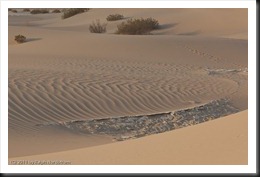There are a lot of instructional books on how to use Lightroom, Photoshop, Photoshop Elements and the like. They provide a comprehensive and in-depth review of the various adjustments and filters available in these powerful tools. And as such they serve as excellent references. I own many of these fine books.
Now, a lot of workflows are built around the concept of seeing what needs to be fixed next and fixing it. I advocate a more structured approach; namely, fix the tonality first, then the hue and finally the saturation. See my recent post on Workflow. But I often hear the statement, “I look at my photograph and just don’t know what to do.” Many people often don’t know where to begin.
So I want to take a different approach. I want to look at an image and identify what it needs and then talk about the various techniques for achieving it. In other words, I want to start with the question, “What makes a compelling photograph?” and go from there. It doesn’t help to know all of the tools and tricks available in Lightroom and Photoshop if you don’t know when to use them.
We’ll start with this image. It is photographed in the Mesquite Flats Dunes of Death Valley. The dunes provide an inspiring variety of compositions and ligh. (You can click on this and all other images in this post to enlarge it.)
Let’s start by examining the images tonality and see what improvements can be made.
Continue reading “Making a Photograph – Black and White Points”
(11404)

